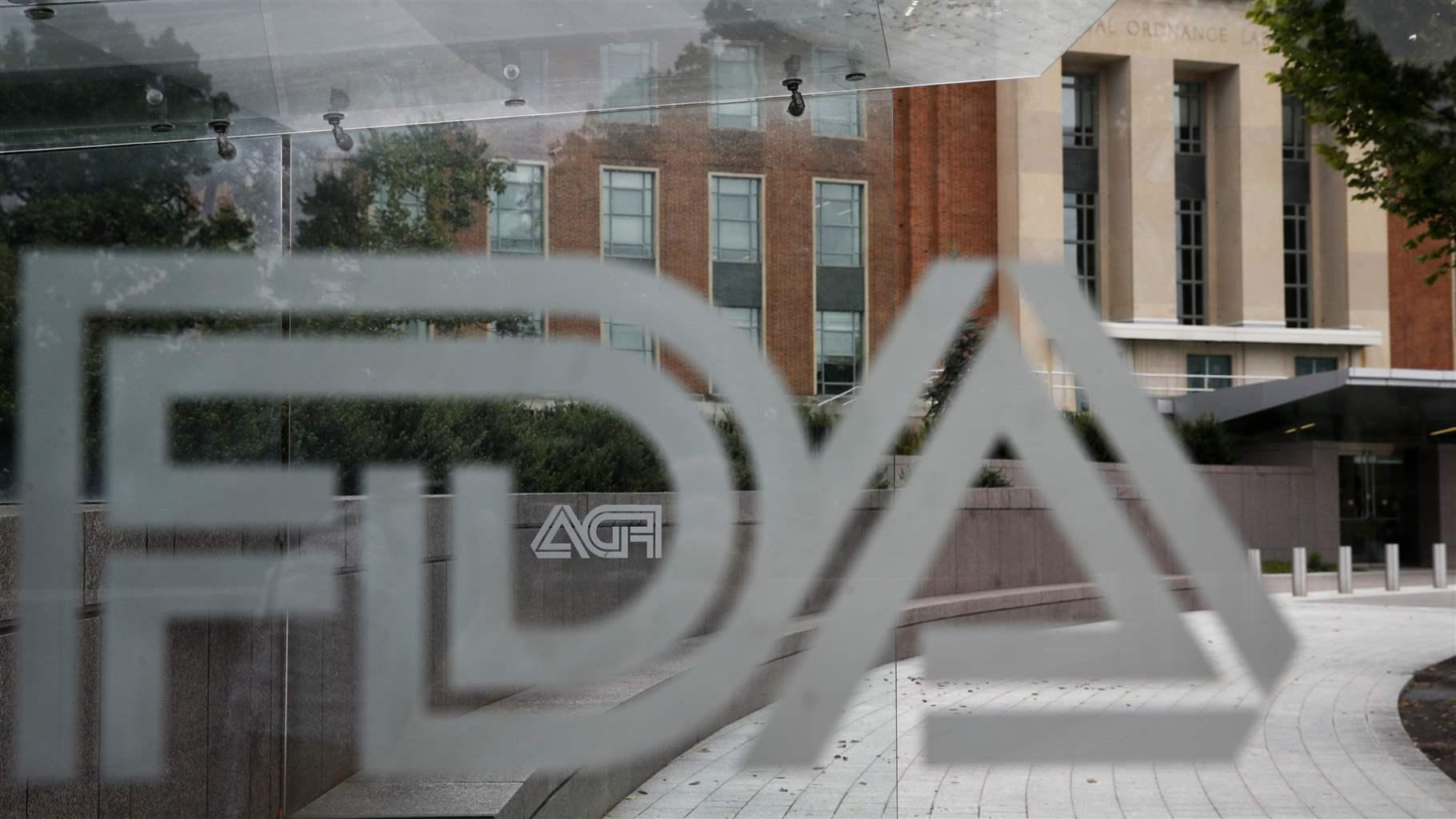FDA to Update Medically Important Animal Antibiotics List
Agency needs to prioritize important drugs that are also given to animals, preserve their efficacy

As the COVID-19 pandemic ravages the U.S., likely worsening the global threat of antibiotic resistance, it is more important than ever that antibiotics are used appropriately and only when necessary. That includes use in animal agriculture, as antibiotic use anywhere contributes to the emergence of resistance.
As part of its five-year plan to improve antibiotic use in animal agriculture, the U.S. Food and Drug Administration plans to update its list of medically important antibiotics, which ranks the drugs based on their value to human medicine. The list, commonly referred to as Appendix A, as it was called when it was first published in FDA’s 2003 guidance for the safety evaluation of new animal drugs, has a far-reaching impact because it determines which drugs are governed by the agency’s policies for improving antibiotic stewardship in food animals.
To help understand the issues involved, The Pew Charitable Trusts spoke with Karin Hoelzer, a veterinarian who leads our work on antibiotic use in animal agriculture, and Helene Sherburne, who works on our antibiotic resistance project. Together they answered questions about the list and the factors FDA should consider in its update. This interview has been edited for clarity and length.
Q: Why is updating Appendix A important?
A: Many of FDA’s major advances in ensuring judicious animal antibiotic use over the past 17 years have depended on Appendix A. For example, FDA’s Guidance for Industry #213 required veterinary oversight of antibiotics and ended their growth promotion uses but applied only to the drugs deemed medically important in Appendix A. In 2018, the agency outlined an ambitious five-year strategic plan to further improve antibiotic stewardship in animal agriculture, a plan that again applied exclusively to medically important drugs.
Appendix A has not been updated since it was created in 2003. As a result, it still lists several drugs, such as bacitracin, as not medically important despite new research suggesting that their use often contributes to the emergence of resistance to other medically important antibiotics. Moreover, Appendix A includes neither all antibiotics used in animals that were on the market in 2003 nor drugs that have been newly approved since then. All of this highlights the urgent need for updated and transparent rankings.
Q: The World Health Organization has a similar list of critically important antimicrobials for human health. Should the U.S. just use that?
A: The WHO does have a similar list, which is regularly updated using a robust, science-based, and transparent methodology and input from external experts, including public health officials, veterinarians, researchers, and medical doctors. Additionally, each update includes a justification for any changes. As FDA works to re-evaluate and update the U.S. list, the agency should follow WHO’s lead and adopt a similarly rigorous and transparent approach.
Further, the WHO approach acknowledges that while its list encompasses a global perspective, individual countries may need to tailor their lists and rankings of antibiotics based on unique local characteristics. In this vein, FDA should update Appendix A in a way that reflects the public health needs and particular conditions in the U.S.
Q: Some countries have ranked certain drugs as lower in importance than WHO; for example, the macrolide class of antibiotics. Should FDA follow suit?
A: Regional conditions have led some organizations, such as the Australian Department of Health and the European Medicines Agency, to rank macrolides as less than critically important to human medicine—but none of those conditions apply in the U.S.
In Australia, widespread resistance to macrolides has limited their usefulness to human medicine, and in Europe many of the diseases commonly treated with macrolides have other treatment options available. For these reasons, Australia and Europe ranked them of lower importance than does WHO.
In the U.S., however, macrolides continue to be important first-line treatments for several human respiratory diseases, such as certain types of community-acquired pneumonia, which disproportionately burden vulnerable patient populations, including infants and immunocompromised individuals. Based on this, FDA should continue to rank macrolides at the highest level of importance for human medicine in order to recognize the essential role of these lifesaving drugs and preserve their efficacy for treating serious human disease in the U.S.
Appendix A is key to ensuring that U.S.-specific policies help us preserve the effectiveness of antibiotics for as long as possible. In its update to the list, the agency must consider new scientific findings and undertake a transparent process that prioritizes public and animal health. By emulating WHO’s rigorous approach while also considering domestic conditions, FDA will strengthen the effective implementation of its initiatives to combat the growing threat of antibiotic resistance.














